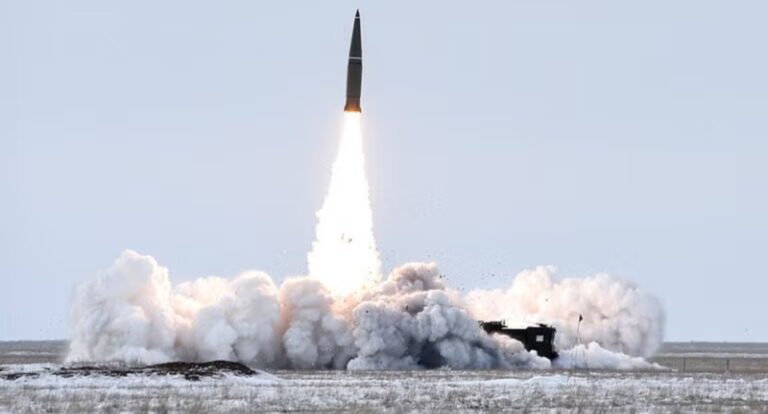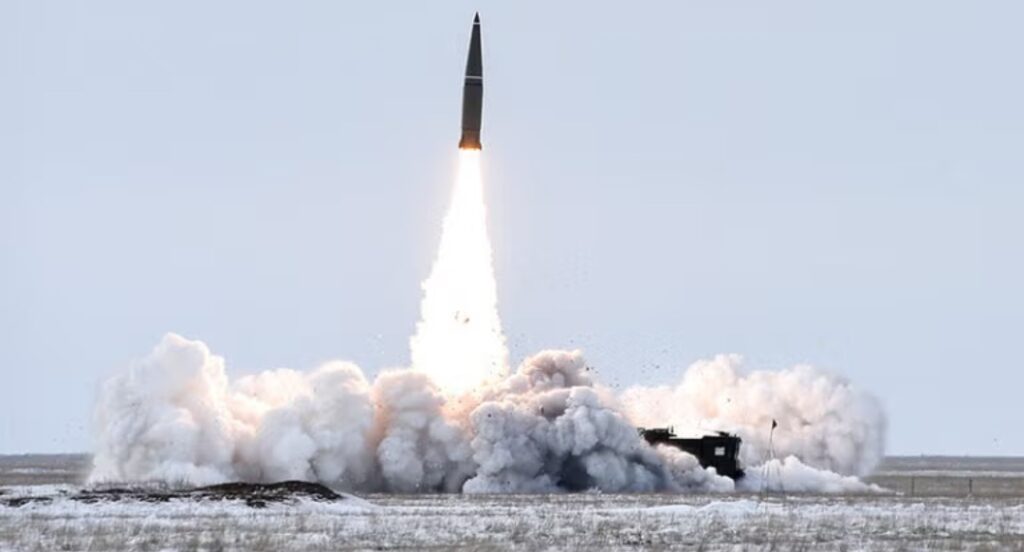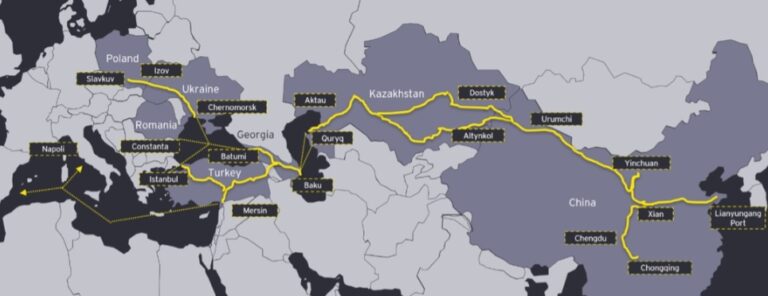By: Priya Naik. Research Analyst, GSDN
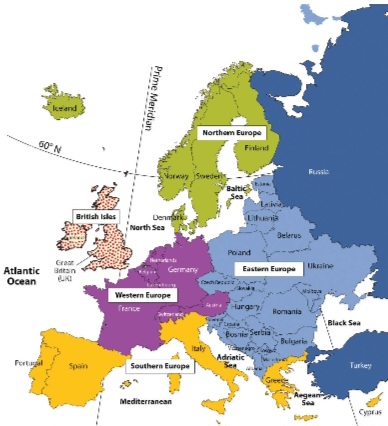
The 21st century has witnessed a profound transformation in global power dynamics, marked by China’s economic dominance and Russia’s assertive resurgence. These shifts have disrupted the post-Cold War unipolar order dominated by United States (hereafter, US), creating a strategic triangle where Western Europe must navigate competing pressures from Washington, Moscow and Beijing. While maintaining its traditional transatlantic security alliance through NATO, Europe now faces dual challenges that are to manage Russia’s hybrid warfare tactics and territorial ambitions, particularly in Eastern Europe region, while addressing China’s expanding economic footprint through initiatives like the Belt and Road Initiative.
This complex landscape forces Western Europe to balance its liberal democratic values with pragmatic economic interests. China’s investments in critical infrastructure and technology sectors have exposed its vulnerabilities, encouraging EU wide screening mechanisms for foreign acquisitions. Simultaneously, Russia’s energy leverage and disinformation campaigns test European cohesion. The region’s response reflects a cautious, multifaceted strategy reinforcing North Atlantic Treaty Organisation (NATO) deterrence against Russian aggression while pursuing selective economic engagement with China, albeit with heightened scrutiny of strategic dependencies.
Historical Background and Strategic Context
NATO, established in 1949, represented the cornerstone of Western Europe’s security framework against Soviet expansionism in the region. This alliance formalised US protection of Western Europe during the Cold War and beyond. Consecutively, Western European nations developed significant energy dependencies on Russia, which by 2021 supplied 25% of the EU’s oil and 45% of its gas imports. Despite pledges to sever these ties following Russia’s 2022 invasion of Ukraine, Europe continues to maintain energy connections with Russia in 2025, with countries like France, Hungary, Austria and Spain still purchasing Russian fossil fuels.
EU-China relations, formalised in 1975, entered their diplomatic stage between 2000-2004, with mutual recognition as strategic partners in 2003. China’s economic presence in Europe expanded dramatically after the 2008 financial crisis in Asia. The Belt and Road Initiative has evolved in Europe, shifting from infrastructure projects toward financial and monetary connectivity in Western Europe, while Eastern European nations continue to embrace Chinese investment, creating a “two-speed Europe” regarding China engagement. EU policy now characterises its relationship with China as a mixture of “partnership, competition and systemic rivalry“.
The EU simultaneously favours multilateralism while adhering to American “de-risking” methods toward China, seeks economic revitalisation while hesitating to expand technological cooperation with China, and seeks strategic autonomy while maintaining its reliance on the US. Russia’s invasion of Ukraine has contributed to this problem, sparking discussions about NATO’s modern mission and producing a paradoxical scenario in which actions taken to reassure Eastern partners exacerbate rather than lessen tensions with Russia.
Western Europe and Russia: Confrontation and Containment
The relationship between Western Europe and Russia has deteriorated significantly since Russia annexed Crimea in 2014, evolving into a complex pattern of containment strategies, economic sanctions, energy politics, and information warfare. This confrontation has reshaped European security architecture, energy policies and diplomatic relations simultaneously exposing internal divisions within the European Union and NATO regarding how to effectively counter Russian aggression.
Following Russia’s annexation of Crimea in March 2014, the European Union implemented comprehensive sanctions targeting the country. These economic restrictions included import bans on Crimean products, prohibitions on EU based companies investing in the region and export restrictions on goods related to transport, telecommunications and energy sectors. The sanctions have repeatedly been extended since their implementation, aimed at imposing economic costs on Russia for violating Ukraine’s territorial integrity.
NATO was brought together by Russia’s aggressive actions in Ukraine, which led to the bolstering of defences along its eastern flank. To show the “allies’ solidarity, determination, and ability to act by triggering an immediate allied response to any aggression,” NATO built an enhanced forward presence in Estonia, Latvia, Lithuania and Poland. In January 2017, the United States demonstrated its presence in Central Europe and commitment to collective defence by sending M1A2 Abrams tanks to Poland further solidifying this commitment.
Russia has deployed sophisticated hybrid warfare tactics against Europe, blending conventional military threats with non-kinetic methods targeting political, social and economic vulnerabilities. With Russia using its position as a major supplier as a weapon to influence European countries that rely on its resources, the energy sector has turned into a vital battlefield. State owned businesses like Gazprom have been carefully employed by the Kremlin to further its foreign policy goals and keep influence over neighbouring nations.
Disinformation campaigns represent another pillar of Russia’s hybrid strategy. France, Germany and Poland have become “permanent” targets for Russian disinformation attacks, with narratives tailored to each country’s specific sensitivities. In France, these operations focused on the Olympic Games; in Germany, they exploited concerns over migration and security; while in Poland, they promoted narratives portraying Ukrainian refugees as burdensome. These tactics seek to undermine European resolve against Russian aggression, promote division, and weaken faith in institutions.
Russia’s full-scale invasion of Ukraine in February 2022 marked a watershed moment in European security. The war prompted unprecedented European unity in supporting Ukraine and implementing sanctions against Russia. Just two days after Germany suspended the Nord Stream 2 pipeline project, Russia launched its invasion demonstrating the interconnection between energy policy and security concerns.
The war accelerated Europe’s efforts to diversify its energy sources and reduce dependence on Russian fossil fuels. Nord Stream 2, once a symbol of Germany’s policy of building “political bridges through trade,” became emblematic of a failed strategy that had driven the country into “fatal dependence on Russian oil and gas“. Russia’s subsequent attacks on Ukraine’s critical energy infrastructure in February 2024 further highlighted its willingness to weaponise energy to weaken Europe’s supply during its transition away from Russian resources.
There are still major differences over Russia policy within the European Union and NATO, despite greater cooperation after Russia’s invasion of Ukraine. Different member nations still have different opinions about the Russian threat, especially when it comes to whether Russia will attack NATO countries in the Baltic. Developing a cohesive, long term plan is made more difficult by these conflicting threat perceptions.
Southern NATO members have expressed concerns that the alliance focuses disproportionately on Eastern security challenges while neglecting threats from the South, weakening overall solidarity and cohesion. Additionally, logistical challenges in moving troops and equipment across Europe to the Eastern flank demonstrate practical limitations in NATO’s defensive capabilities. These divisions reflect varied historical experiences, geographic positions and economic ties with Russia, creating persistent fault lines in European policy coordination.
Western Europe and China: Cooperation and Caution
Western Europe’s relationship with China has evolved into a complex dynamic of economic interdependence tempered by growing strategic caution. While trade and investment remain central pillars, geopolitical tensions, human rights concerns, and competing visions of global order have led Europe to adopt a more guarded approach.
China is the EU’s largest import partner ($588.86 billion in 2024) and third largest export market ($242.57 billion), creating a record $346.28 billion trade deficit. The proposed EU-China Comprehensive Agreement on Investment (CAI), concluded in principle in 2020, seeks to remove barriers like joint venture requirements and technology transfer mandates in the manufacturing sector representing 50% of EU foreign direct investment in China. However, ratification remains stalled due to political tensions.
The EU has increasingly criticised China’s policies in Xinjiang and Hong Kong, with the European Parliament urging targeted sanctions against Chinese officials and restrictions on dual use technology exports. This aligns with the bloc’s “de-risking” strategy, which aims to diversify supply chains and reduce critical dependencies without full decoupling. The approach reflects tensions between economic pragmatism and values-based diplomacy.
Initiatives like Italy’s 2019 entry to the Belt and Road Initiative (BRI) and COVID-19 vaccine diplomacy in Central Europe, which revealed the EU’s coordination flaws during the pandemic, were significant victories for China. These initiatives have encountered increasing doubts, though, as forceful diplomacy and human rights issues have caused China’s soft power in Europe to decrease.
The EU has strengthened security and tech partnerships with Indo Pacific democracies like Japan and India while aligning more closely with U.S. positions on technology controls and maritime security. This balancing act seeks to counter Chinese influence without fully mirroring Washington’s confrontational stance.
The EU-China partnership currently functions within more constrained boundaries, combining increased competition in technology and governance models with selective collaboration in trade and climate. Europe faces a tightrope walk that calls for constant cooperation among its frequently disparate member states in order to preserve economic involvement while upholding democratic norms and fostering resilience against coercive techniques.
Strategic Dilemmas for Western Europe
Western Europe faces compounding strategic dilemmas as it navigates competing pressures from global powers, internal divisions, and the urgent need to secure critical supply chains. The EU’s attempt to balance economic pragmatism with geopolitical resilience has exposed vulnerabilities in its approach to the US-China-Russia triangle.
The US push for alignment against China and Russia clashes with Europe’s economic realities. While 66% of EU-China trade involves Chinese imports ($588.86 billion in 2024), distancing a risk of disrupting green transition industries dependent on Chinese rare earths and EV components. Simultaneously, Trump’s trade policies and demands to reduce Chinese reliance exacerbate transatlantic tensions, with the Euro depreciating 12% since October 2024 due to growth concerns. Russia’s energy coercion evident in its 2024 attacks on Ukrainian infrastructure has accelerated Europe’s shift to renewables, though complete gas independence by 2025 requires tripling clean energy deployment rates.
There are serious vulnerabilities because China controls 90% of the world’s solar panel output and 98% of EU imports of rare earth elements. Given current rates below 1%, the EU’s ambition to get 25% of essential minerals through recycling by 2030 is viewed with scepticism. As evidenced by recent trade restrictions impacting $22.7 billion in bilateral trade, this reliance makes it more difficult to implement tariffs to stop Chinese EV dumping.
Diverging threat perceptions persist:
- Eastern members prioritise containing Russia through NATO
- Southern states focus on Mediterranean migration and energy security
- Germany and France clash over defence spending (2.1% vs 1.9% of GDP)
These divisions hinder consensus on China policy, with Italy maintaining BRI ties despite EU de-risking directives.
Macron’s vision of “European sovereignty” faces implementation challenges:
- Only 11 EU states meet NATO’s 2% defence spending target
- The European Defence Fund accounts for just 0.5% of EU’s 2025 budget
While von der Leyen’s “de-risking” strategy aims for 40% clean tech self-sufficiency, China’s control of pharmaceutical precursors (79%) and renewable supply chains undermines these goals.
The strategic future of the EU depends on balancing effective deterrence with economic interdependence, a challenge made more difficult by China’s systemic rivalry and US unpredictability. Though there are still many trade-offs between security and prosperity, success necessitates overcoming internal fragmentation while speeding up energy transitions and supply chain diversity.
Future Outlook: Scenarios and Recommendations
As of 2025, Western Europe finds itself at a critical geopolitical crossroads, forced to redefine its position between an increasingly assertive China and a confrontational Russia alongside the dwindling trust on USA. This complex landscape requires careful strategic consideration as Europe navigates its future in a rapidly evolving multipolar world. The following scenarios and recommendations outline potential pathways forward for European policymakers.
Scenario 1: Continued Alignment with U.S.
In this situation, Western European nations prioritise their traditional transatlantic alliance, reinforcing NATO commitments and maintaining firm positions against Russian aggression while adopting increasingly cautious stances toward China. This approach builds on historical security frameworks but presents significant challenges. The strengthened military posture provides security reassurance for Eastern European members feeling threatened by Russian activities. However, economic backlash from China could severely impact European economies dependent on Chinese markets and investment. Additionally, this alignment reduces Europe’s diplomatic leverage as an independent mediator in global conflicts.
Scenario 2: Strategic Autonomy and Middle Path
Under this scenario, Europe pursues its “strategic autonomy” by reducing vulnerabilities and increasing its capacity to act independently. This approach involves pragmatic economic engagement with China while maintaining vigilance against Russian hybrid threats. Europe positions itself as an independent power pole in a multipolar world, pursuing its interests rather than automatically aligning with American positions. This path requires significant investment in European defence capabilities, technological independence, and energy self-sufficiency. The EU has already made steps toward this direction by placing strategic autonomy at the heart of its foreign policy.
Scenario 3: Fragmentation and Policy Paralysis
The most concerning scenario involves increasing fragmentation of European policy positions, creating an incoherent stance that weakens collective influence. This “Single Market Fatigue” is already evident in many policy areas. Internal divisions between Eastern and Western Europe on Russia policy and Northern and Southern Europe on economic approaches to China could paralyse decision-making. This fragmentation would allow both Russia and China to exploit divisions, practising “divide and rule” diplomacy that undermines European cohesion and sovereignty.
To successfully manage these obstacles, Europe should:
- Boost investments in green energy transformation and technological independence, which will cost about $159 billion a year by 2030 to establish a self-sustainable energy sector by 2040.
- To avoid fragmentation, strengthen diplomatic coordination channels at the EU level, especially when creating cogent strategies for China and Russia.
- Develop strategic alliances with other regional actors, such as Japan, ASEAN, and India, to increase balancing choices and diversify reliance.
- Boost resistance to hybrid threats and disinformation campaigns by enhancing inter-institutional collaboration and expanding on current frameworks such as the Joint Framework on Countering Hybrid Threats.
Western Europe would be able to navigate the increasingly complicated geopolitical terrain between China and Russia while upholding its principles and interests with the support of these concerted efforts.

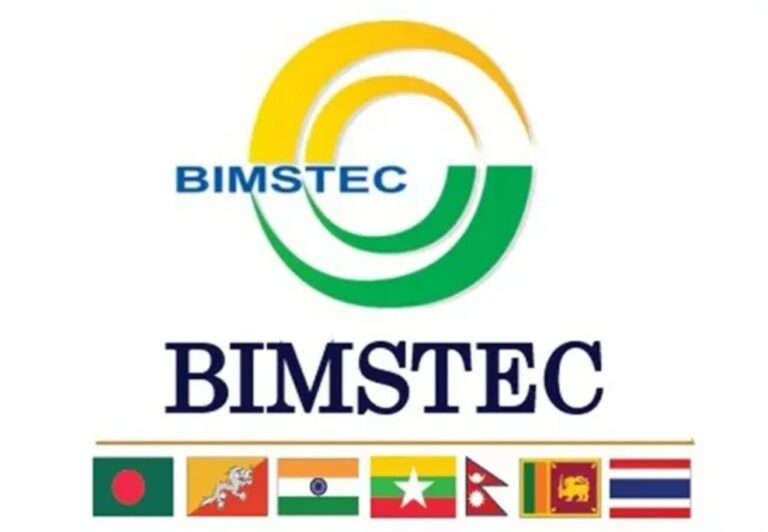

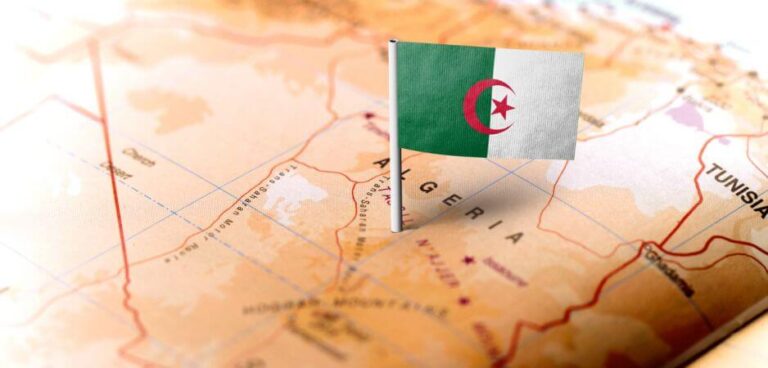


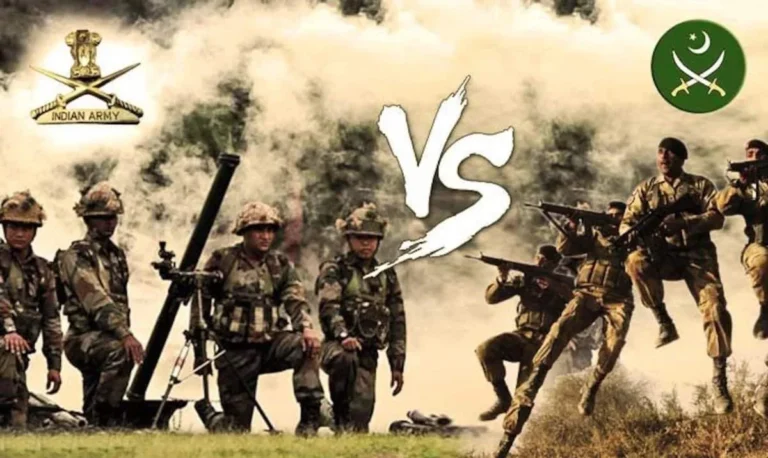
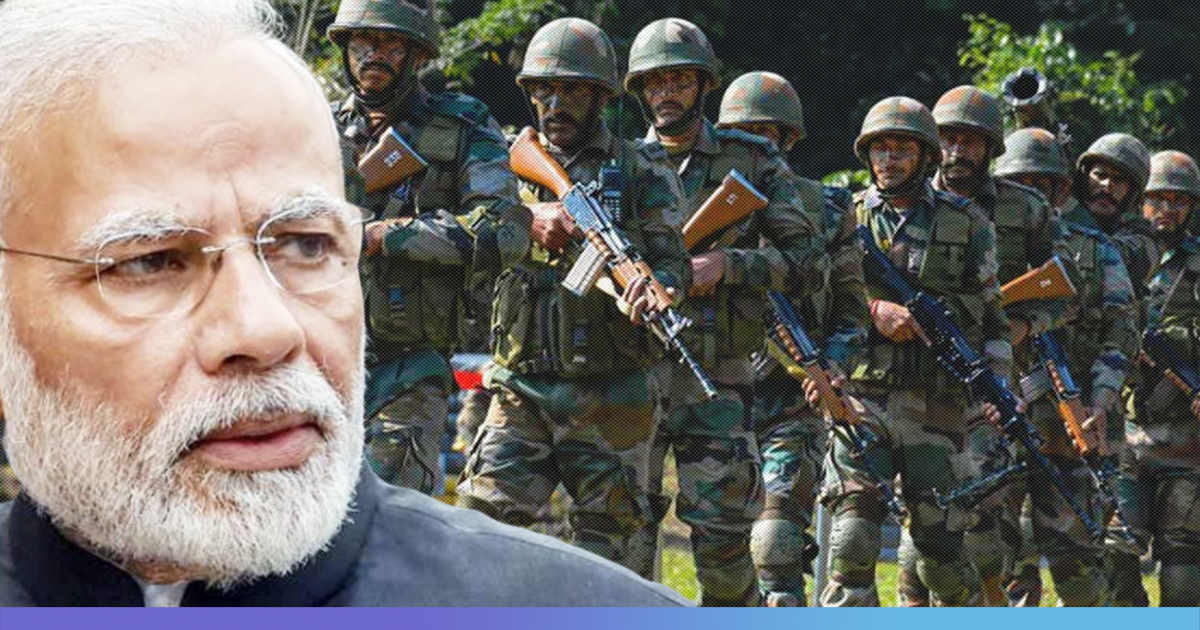

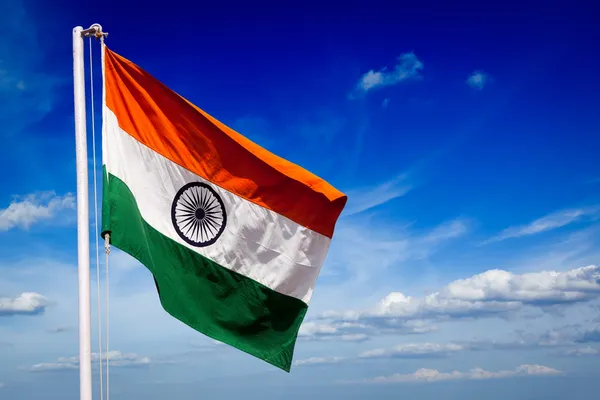

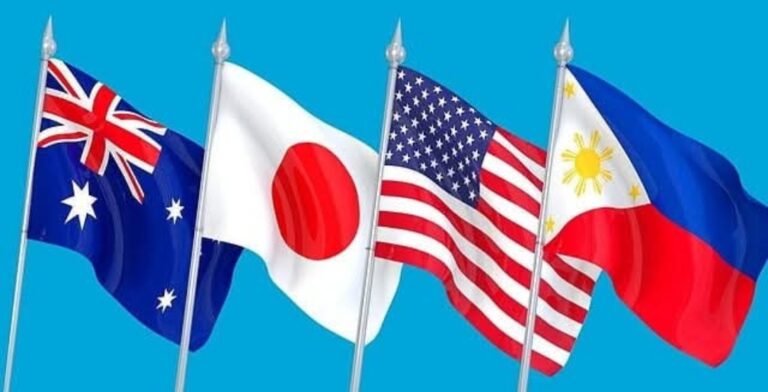

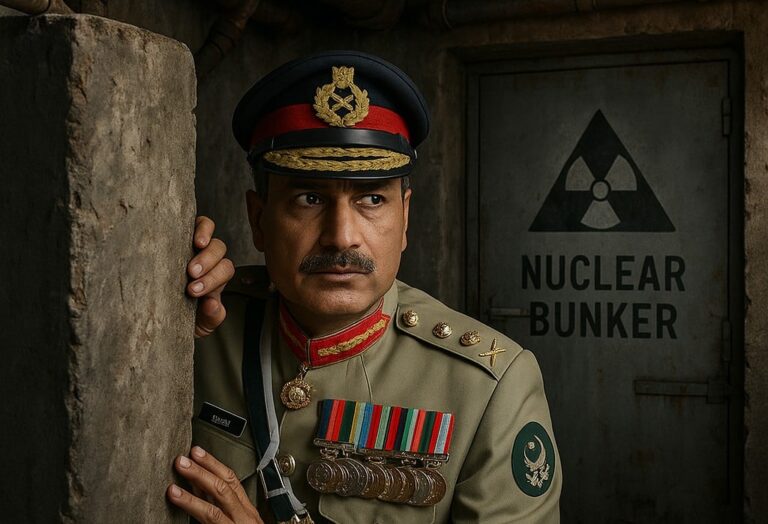

)
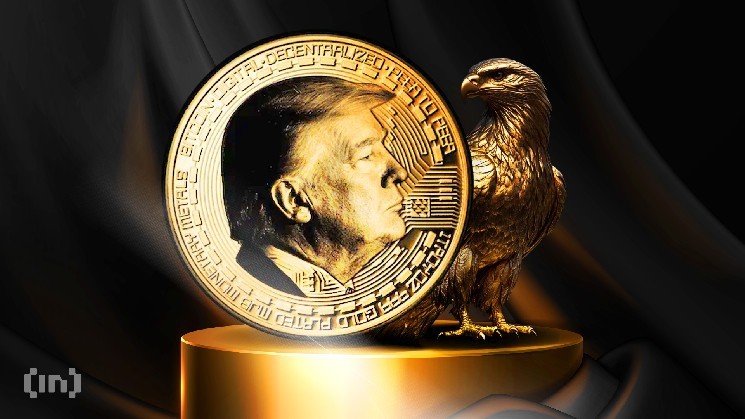


)
